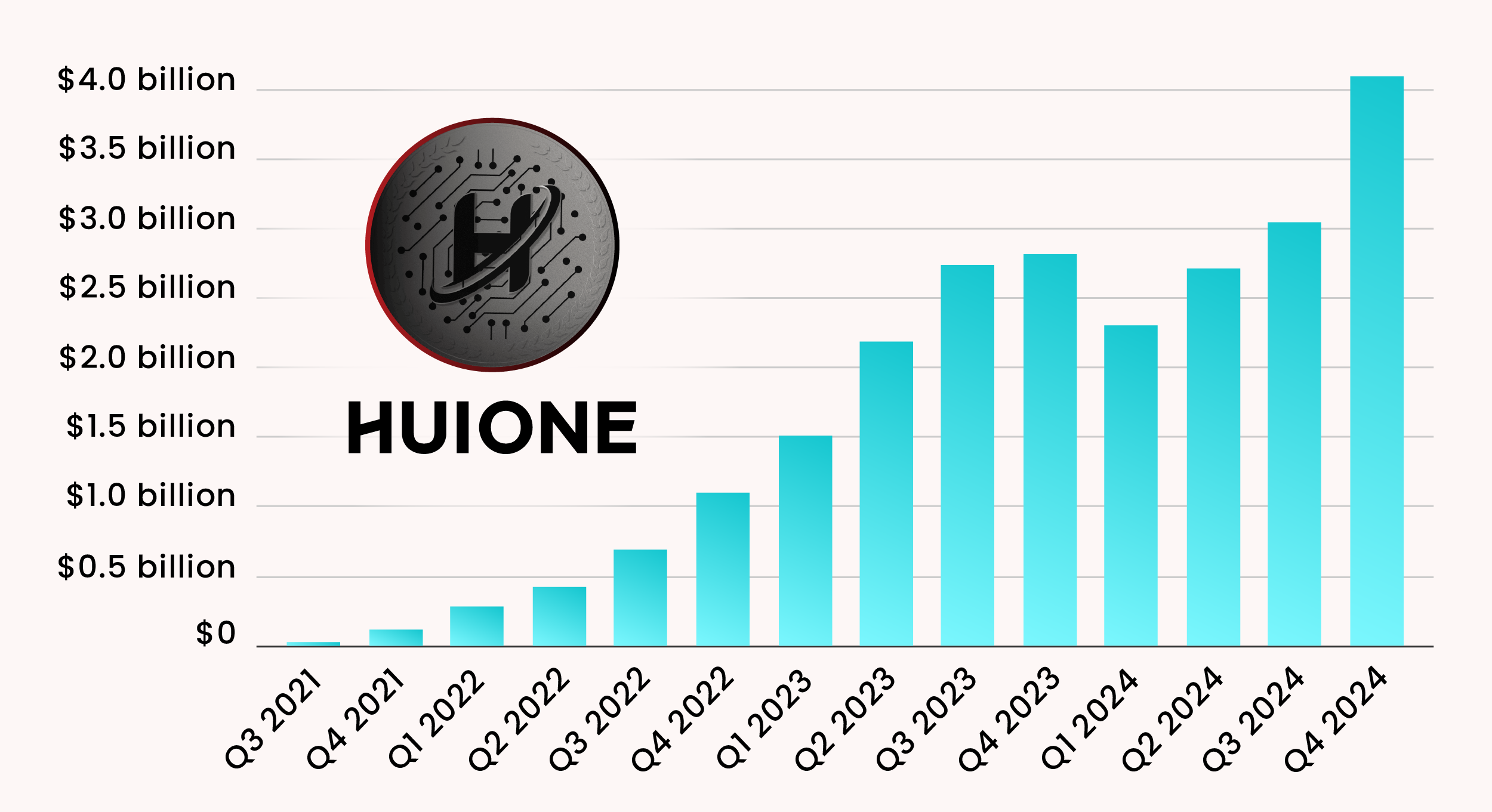
The Hidden Costs of Over-Collaboration – Flow Focused
In the wake of Agile’s success and the benefits it offers organizations to help them achieve faster delivery, happier customers, and more engaged teams, “Collaboration” has become a buzzword. However, the way I see most teams practice collaboration is not in the sense of collaborating with customers; their focus is on the internal collaboration necessary to get work out the door. Because it helps speed up delivery, teams get the idea that collaboration is a universal positive, and they promote it so much that they forget to ask why they need so much collaboration to get anything done in the first place.
Without taking the time to consider why teams need to collaborate and when they should or shouldn’t collaborate, they end up maximizing collaboration. Collaboration becomes a band-aid remedy for all dependency-based problems and stops organizations from addressing deeper root causes, such as slow for handoffs, needing information, or waiting for approvals.
Collaboration has become the go-to solution for any dependency problem, and when organizations celebrate collaboration, it can be challenging to do anything else.






















